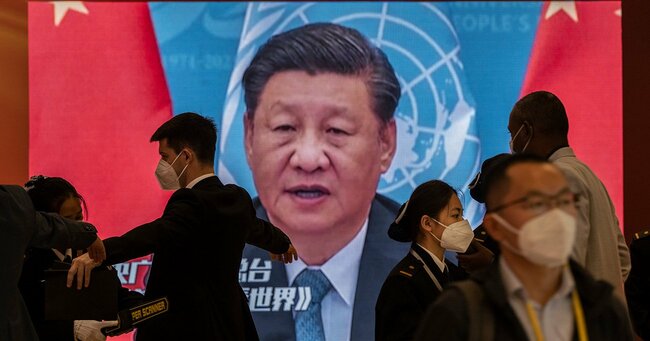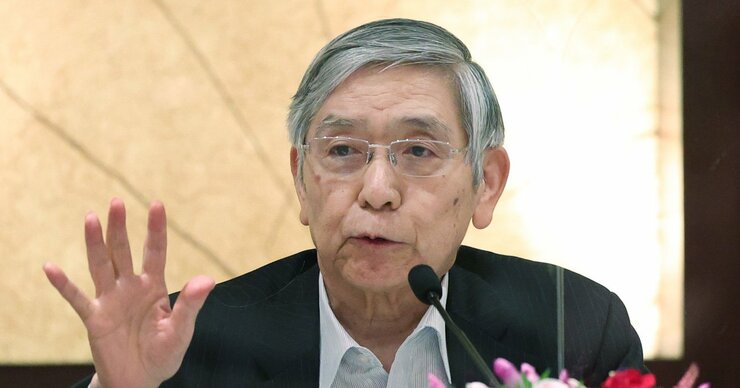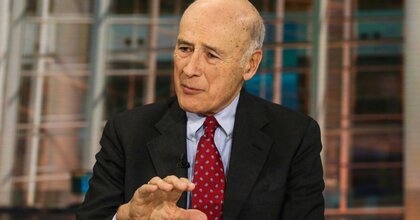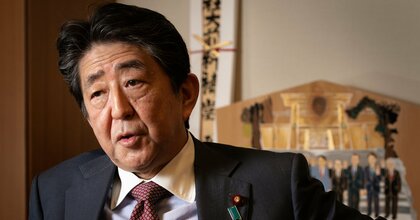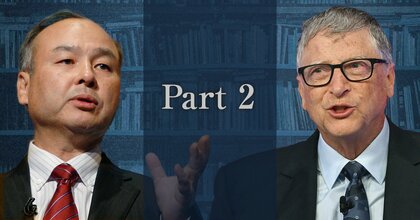Originally published in Japanese on Oct. 24, 2022
Old news
First, China's fears are not new. From tariff tensions to Asia-Pacific security concerns, they have frequently starred in headlines. Yet observers cringe whenever they emerge. Beyond vague property market phobia and ever-present lockdown risks, current concerns are specific but largely double-counting and backward-looking.
For example, Chinese developers’ first-half 2022 profits fell 87% year-over-year. And commercial property sales are down 27.9% year-over-year, with residential sales 30.3% lower. And boycotts putting trillions of yuan of mortgages in limbo. Analyst consensus now expects 3.6% gross domestic product (GDP) growth in 2022. Outside COVID-skewed 2020, that would be China’s slowest since 1990. But is that actually bad?
Many fear worse ahead, calling the slowdown a “hard landing” harbinger. That is scary because China bought 22% of Japan’s 2021 exports. But they have fretted about hard landings for years amid gradually slowing Chinese growth — from over 10% annually between 2002 to 2011, to sub-8% between 2012 to 2015, to sub-7% from 2016 to 2018, to below 6% in 2019. No hard landing arrived until COVID arguably delivered one. While lockdowns and property sales are weaknesses, their shock factor for markets is low — they are far too widely watched.
The property plunge? China is not 1990s Japan. Its government partly engineered this real estate pullback, forcing highly indebted firms to deleverage — perhaps learning from Japan’s experience. The government has taken steps to contain the drop, like backing debt issues. With social stability as its primary objective, China’s single-party government will not hesitate to try to minimize severely negative outcomes.
Less is more
So how might one think about a slow-growing China? With a Chinese GDP of 1.9 quadrillion yuan ($262.1 trillion) — second only to America — the country now grows off a huge base, contributing more to global economic activity than a smaller, faster-growing China did years ago. The 14.2% growth of 2007 added less to GDP in yuan-denominated activity than 2019’s 5.9% growth! Today 3% growth would add fully 0.5% to global GDP. Not super, but not bad, either.
The law of diminishing returns has slowed China’s previously super-high returns on investment. Initially connecting two towns via rail or highway creates a rush of economic activity. Each subsequent connection yields less and less. Huge results can’t last indefinitely.
Hence, booming Chinese demand for raw materials is likely to ebb. For Japan, maybe political tensions dent shipments across the Sea of Japan, but maybe not. Regardless, neither the global economy nor Japan is a one-trick export pony dependent on Chinese binge-buying. I hear the fear: Yes, China is your biggest export destination. But consider 2022 — in terms of volume, to avoid yen swings, Japanese exports to China were down 9.9% year-on-year in July. Yet overall Japanese exports were down just 1.9% — and August preliminary data show a smaller decline of 1.2%. How? Exports to the EU, Asia, and America muted China’s impact as supply chain pressures have begun to ease, enabling semiconductor, machine tool, and medical product exports to recover. In the five years before COVID, Japan’s exports to China averaged just 1.8% annual growth.
History shows slowing Chinese growth itself does not doom the TOPIX. After China’s GDP growth peaked at 14.2% in 2007, it slowed in 10 of the next 12 years before the ensuing COVID skew. The TOPIX rose in 9 of those 12 years, climbing 50.3%. Global stocks — less troubled by Japan’s structural headwinds and unwise monetary policy — were even better, rising 85.3%.
Bludgeoned sentiment, firm fundamentals
China's growth fears are a subset of the 2022 worldwide sentiment swoon that has rendered expectations unrealistically bleak. Sentix’s global economic expectations gauge is at its lowest since January 2009’s global financial crisis depths. Recession fears abound. Yet economies are muddling through with little suggesting a deep downturn. JPMorgan’s global manufacturing purchasing managers’ index (PMI) hit 50.3 in August, just above the 50 mark that divides growth and contraction.
September’s au Jibun Bank PMI indicated growth for Japan, with service sector improvement outweighing sluggish manufacturing. Is that great? No. But it is better than most expect, which is bullish. Moreover, global loan growth remains strong, which has never happened as recessions started.
Inflated China fears have stalked Japanese and world stocks for years. But remember: False fears are bullish, always and everywhere. So is depressed sentiment. Don’t let today’s gloomy headlines scare you from the coming recovery.
Ken Fisher is the Founder and Executive Chairman of Fisher Investments, a $200 billion global investment management firm spanning Asia, North America, Europe, Australasia, and the Middle East. He is the author of 11 books, including four New York Times Bestsellers, and writes customized columns in leading publications in 15 countries. He lives in Dallas, Texas. The views expressed here are his own.

